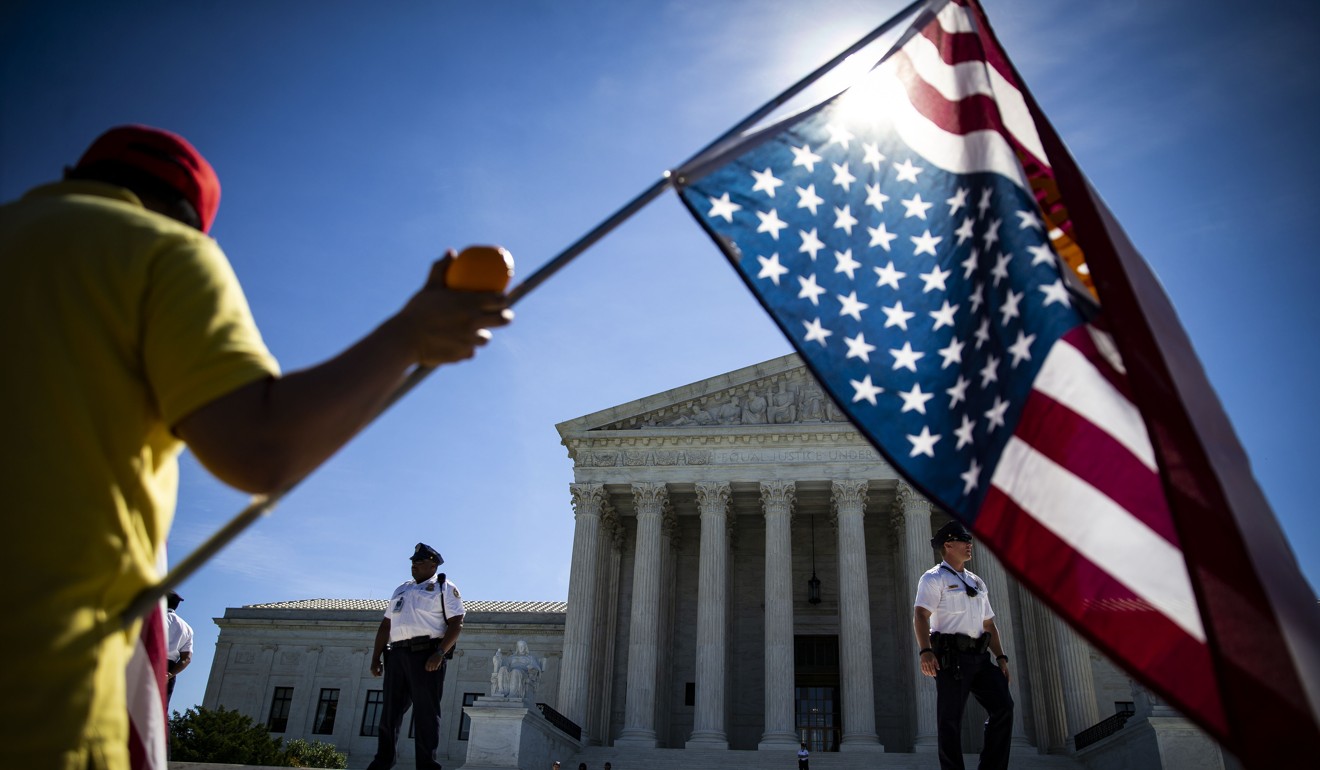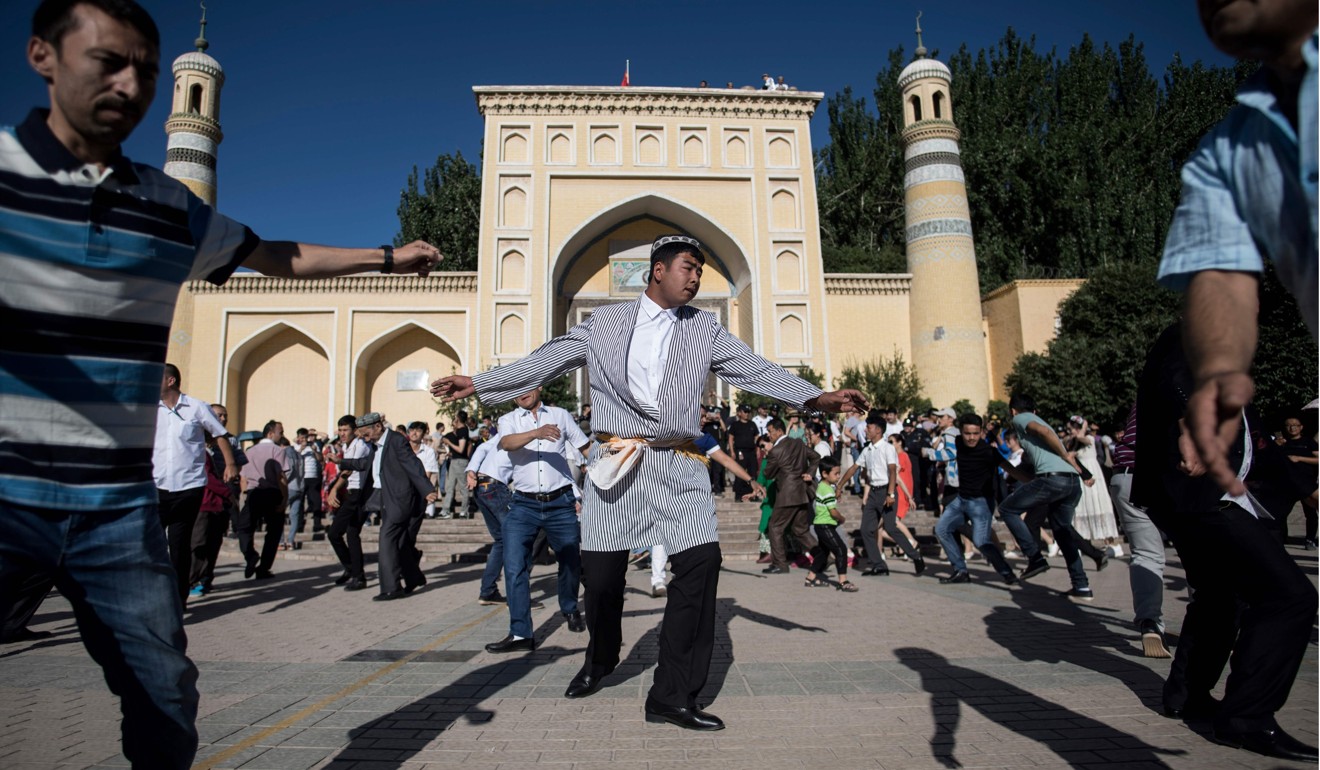
Independence today? History instructs, but don’t take seriously the ‘what ifs’ of the past and future
Philip Bowring says while national borders are fluid over time, from Europe to the Middle East and Asia, the study of history should not blind us to present realities. National leaders, in particular, should heed the lessons of why empires rise and fall
One man’s independence is another’s sedition. Global maps of national borders are seldom static for long. Empires rise and fall. Constituent communities come to reject being part of a larger entity. One hundred years ago this year, the people of Ireland voted overwhelmingly for the nationalist Sinn Fein. Four years later, Ireland was independent of England for the first time in hundreds of years. Thus began the dissolution of the British empire.
August 20 is the 50th anniversary of the Soviet invasion of Czechoslovakia, a last gasp of Soviet westward expansion. That Russian tutelage ended with the 1990 Soviet collapse. Another empire bit the dust. Not long afterwards, the Slovaks opted for their separate independence.
Sometimes-petty nationalism can lead to disasters. The collapse of the Habsburg and Ottoman empires saw the division of Europe and the Middle East into so many barely differentiated states in the 19th and 20th centuries. They spawned countless small wars, some of which are still in progress, and young states oppressing minorities more severely than they had been when a minority in a great empire.
Empire is not always a bad thing. Thus, if the American empire, one based not on occupation of land but on commerce and the almighty dollar, is beginning to fracture, the global consequences may well be far more negative than the empire’s evils. The collapse of empires often leads to the collapse of trade.

Xinjiang consists of two rather separate geographical and cultural entities. The northern part used to be called Dzungaria (Zhunbu), a steppe and desert land, and was predominantly occupied by Buddhist Mongols. They had a long war with the Qing dynasty. Around 1760, they finally lost. The people were subject to genocide and their lands opened to other Qing subjects.
The southern part of Xinjiang, the Tarim Basin south of the Tianshan mountains, was formerly and accurately known as Huijiang (Muslim frontier). It has long been inhabited mostly by Uygurs, a Turkic-speaking people who are now about 45 per cent of the total Xinjiang population. They, like the other Turkic-speaking groups, the Kazakhs and Kyrgyz, are Muslim. The Qing long ruled Dzungaria and Huijiang separately, as befitted their differences.
But they were merged into Xinjiang (new frontier) in 1884. One consequence now, and particularly since large-scale Han migration after 1948, is that the major cities of the north, Urumqi, Karamay and Shihezi are 80-90 per cent Han, while in the south and the Ili valley, cities such as Kashgar, Hotan and Turpan are similarly overwhelmingly Uygur or (in the case of Yining) Kazakh.

Given Han control of the central government, it is perhaps not surprising that in the past 100 years there have been two attempts – in 1933 and 1944 – to create an “east Turkestan” republic. Religious identity has become more important in recent years.
While the chance of another such attempt is minimal, for the sake of the peace of its western frontier, Beijing cannot ignore the identity not only of the Uygurs but the feelings of their Turkic Muslim cousins whose domain stretches from Karamay (Black Oil) to the Karadeniz (Black Sea).
As for Hong Kong, independence is infinitely remote under any conceivable current scenario
The Tang dynasty reached its farthest point when, in 751, it was defeated by the Abbasid empire – with help from the Karluks, a local Turkic people – at the Talas River not far west of the modern border with Kazakhstan. Accommodation of differences of language and culture has been the secret of most long-lived empires. The Ottomans were a prime example. But China does need to make a choice between being a Han state and an inclusive empire.
The “what ifs” of the past and future make for interesting speculation. But it is unwise to take them too seriously.
Philip Bowring is a Hong Kong-based journalist and commentator

